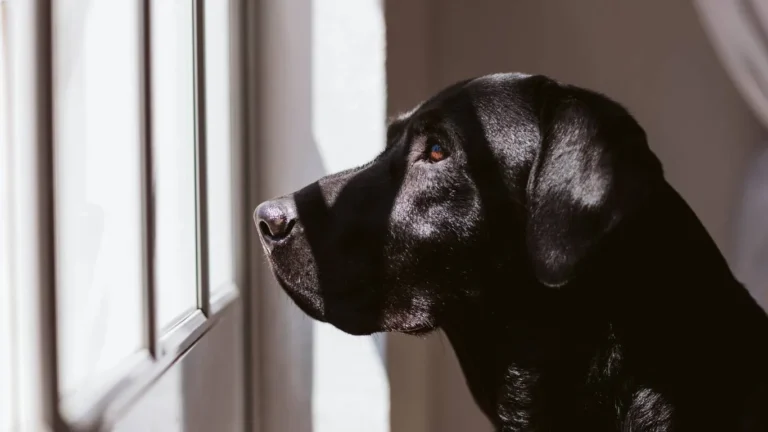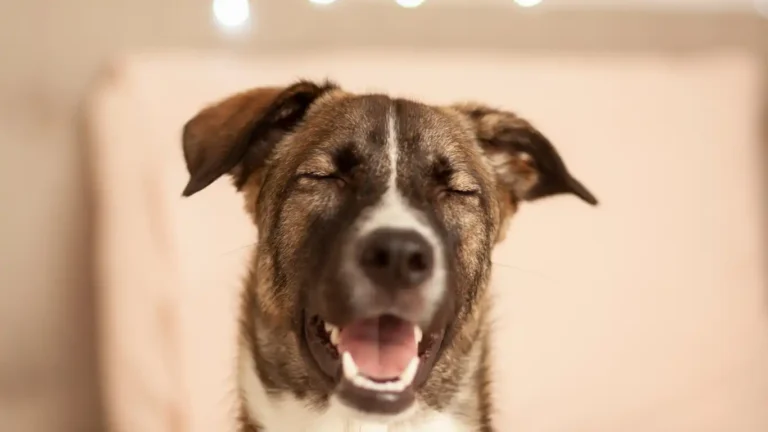Why is my dog losing hair in patches? Common causes you should know
If you’ve ever caught yourself thinking, “Why is my dog losing hair in patches?”—you’re not alone. I’ve worked with hundreds of pet parents as a Veterinary Assistant with a focus on nutrition, and this question comes up all the time. It can be scary to notice bald spots or thinning fur on your pup, especially when they were looking fluffy and healthy not too long ago. The truth is, patchy hair loss can be due to a ton of things—from seasonal shedding to parasites or even food sensitivities. Understanding the root cause is key, and that’s exactly what we’re diving into here.
Common Causes of Patchy Hair Loss in Dogs
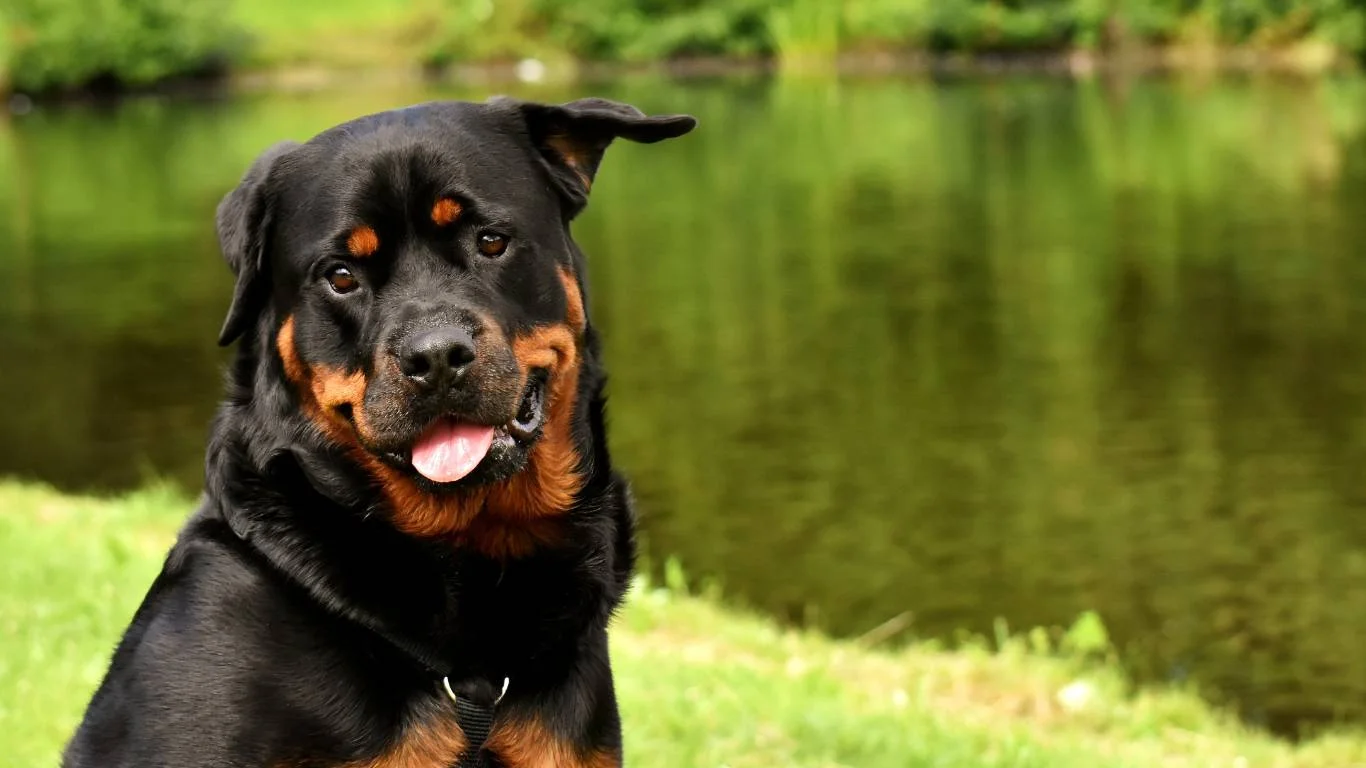
1. Allergies – The Sneaky Culprit
Allergies are one of the most common reasons dogs lose hair in patches. And let me tell you, I’ve seen so many cases where the fur loss looked worse than it actually was. Dogs can be allergic to environmental triggers like pollen, dust mites, or mold—but food allergies? Way more common than most folks realize. In the clinic, I’ve helped dogs who reacted to chicken, beef, or even certain grains. They’d come in with red, itchy skin, constant scratching, and yes—bald patches, especially around the legs and belly.
- Itchy skin, licking, and chewing
- Red, inflamed areas
- Ear infections or smelly ears
- Hair loss around face, paws, or belly
2. Parasites That Cause Fur Fallout
We’ve got to talk about the creepy-crawlies. Fleas, mites, and mange—yep, they’re all potential reasons why your dog might be losing hair in patches. I remember one pup, a sweet old Cocker Spaniel, who came in with what looked like moth-eaten fur. Turns out she had sarcoptic mange (also known as scabies). The poor girl had been scratching non-stop, and her skin was raw. With the right meds and some TLC, her fur came back like magic.
Signs to look for:
- Intense itching or biting at skin
- Scaly or crusty skin
- Bald spots on elbows, belly, or face
- Presence of fleas or flea dirt
3. Hormonal Imbalances
Sometimes, it’s what’s going on inside that causes the fur to fall out. Hormonal issues like hypothyroidism or Cushing’s disease are sneaky and often overlooked at first. I’ve seen dogs with beautiful coats slowly start thinning out, especially on their backs and tails, without much itching at all. Blood work usually helps spot these issues, and with proper treatment, the fur loss can be reversed.
Some signs that may point to a hormonal cause:
- Weight gain despite normal appetite
- Lethargy or reduced energy
- Thinning hair without scratching
- Pot-bellied appearance in Cushing’s cases
How Nutrition Impacts Skin and Coat Health
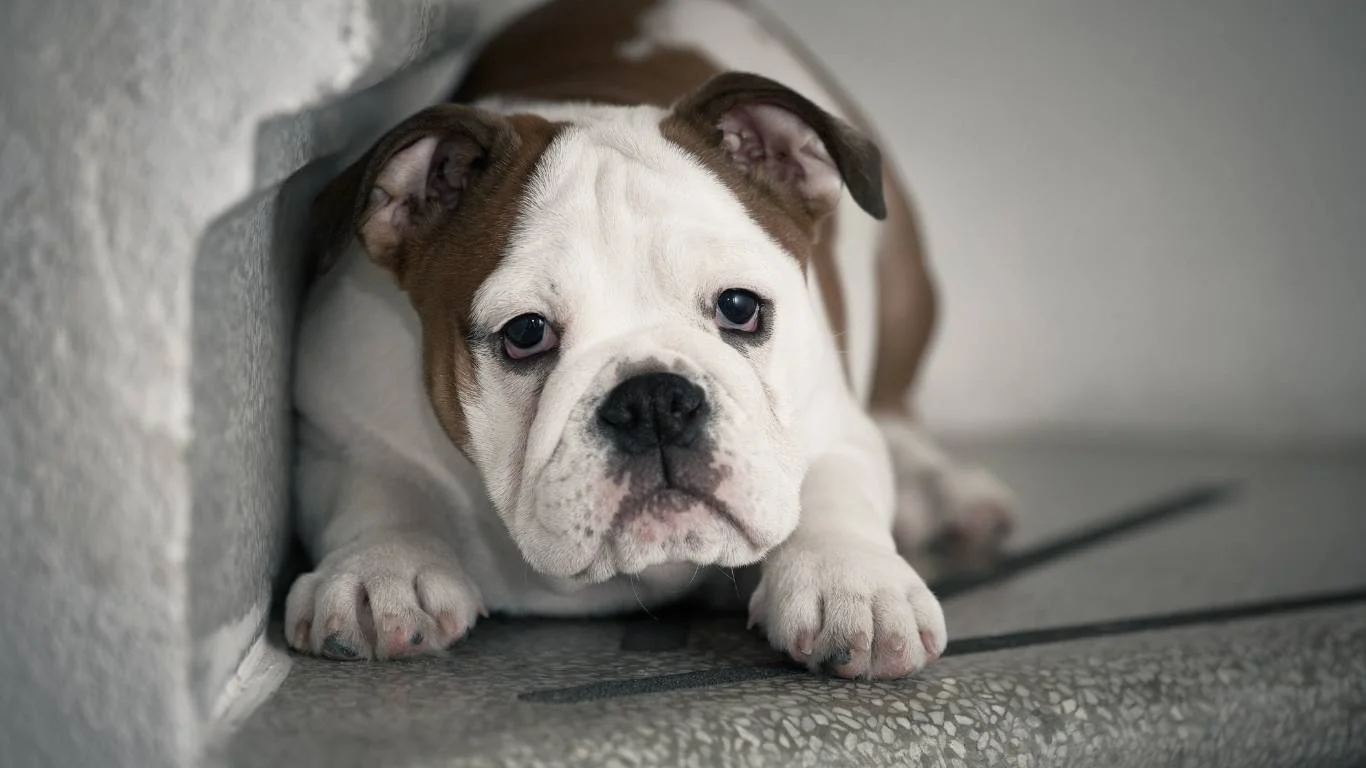
4. Poor Diet or Nutritional Deficiencies
Okay, this is where my passion really kicks in—nutrition! You’d be surprised how many skin and coat issues improve just by changing the dog’s food. I once worked with a Labradoodle who had dry, flaky skin and patchy fur. After switching her to a fish-based, grain-free diet rich in omega-3s and zinc, her coat turned glossy and full in just weeks. Dogs need specific nutrients like biotin, fatty acids, and amino acids for healthy hair growth. When those are missing, their fur—and skin—pay the price.
Top nutrients for coat health:
- Omega-3 fatty acids: Reduce inflammation, promote shiny coats
- Zinc: Supports skin repair and hair growth
- Biotin: Essential for fur texture and strength
- High-quality protein: Fur is made of keratin, a protein!
5. Low-Quality Dog Food
Not all kibble is created equal. If your dog’s chow is full of fillers, artificial colors, and unnamed meat by-products, it could be triggering internal issues that show up externally. I always tell clients: read the ingredient list like it’s your grocery cart. If you wouldn’t eat it, don’t feed it to your dog.
When to See the Vet

Sometimes, you’ve done all the right things—good food, flea meds, regular grooming—and your dog is still losing fur. That’s when it’s time to get your vet involved. Skin scrapings, allergy tests, and blood work can go a long way in getting answers. And please—don’t try random online remedies without professional advice. I’ve seen more harm than good come from that path.
Seasonal Shedding vs. Something More?
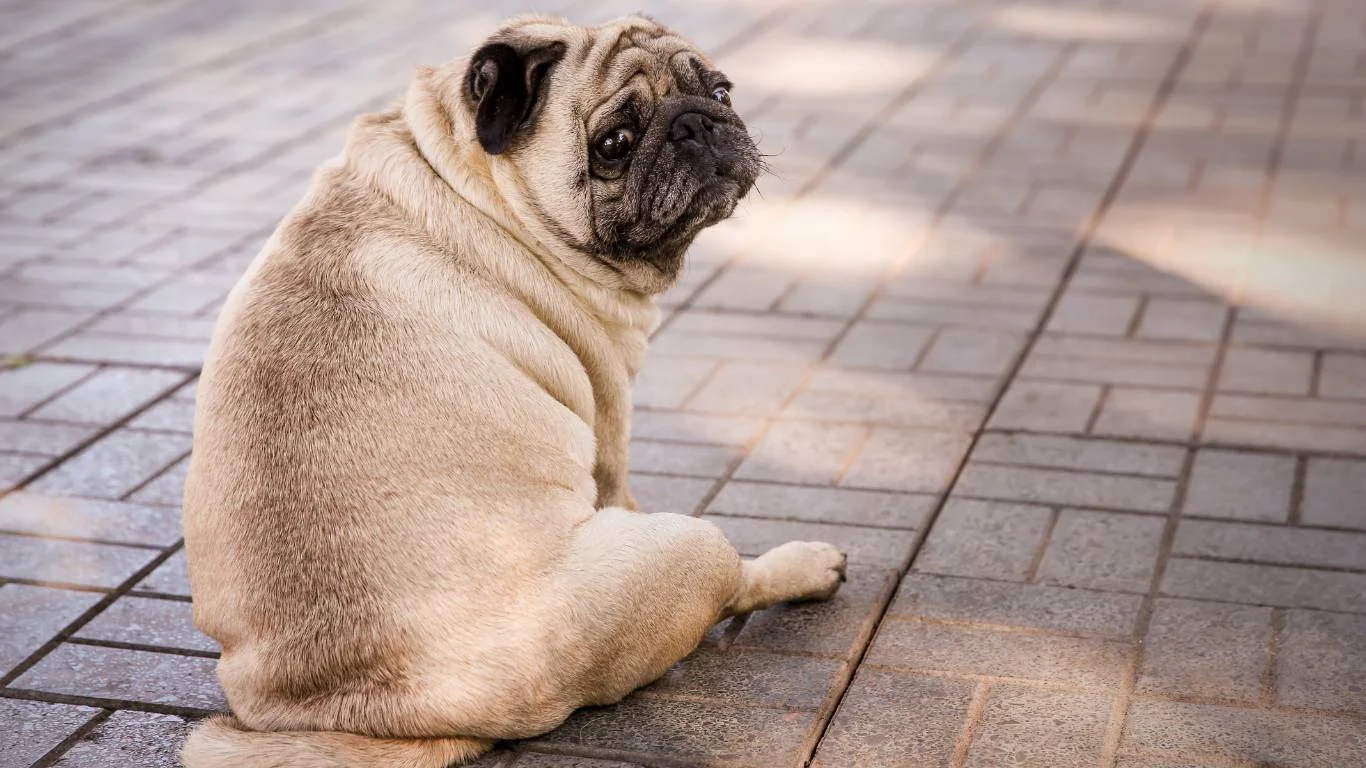
6. The Shedding Season Struggle
Let’s talk about something that’s totally normal—but can still freak pet parents out: seasonal shedding. Every spring and fall, I get a wave of clients asking, “Why is my dog losing hair in patches?” And more often than not, it’s just Mother Nature doing her thing. Dogs, especially double-coated breeds like Huskies or German Shepherds, go through seasonal coat changes that can look super dramatic.
What can make it tricky is that shedding doesn’t always happen evenly. Sometimes, it starts in patches—like on the flanks or thighs—and gives off the impression that something’s wrong. If the skin underneath looks healthy (not red or flaky), and your dog isn’t itching or biting, you might just be dealing with a good ol’ coat blowout.
When Shedding Might Be a Red Flag
But here’s the thing—if the patchy hair loss is accompanied by scratching, redness, odor, or scabs, don’t brush it off as “just shedding.” I’ve seen plenty of cases where seasonal shedding masked an underlying issue like a bacterial skin infection or early signs of hypothyroidism. When in doubt, get those eyes (and hands) on your dog’s skin, and don’t hesitate to call your vet.
Stress, Anxiety, and Behavioral Fur Loss
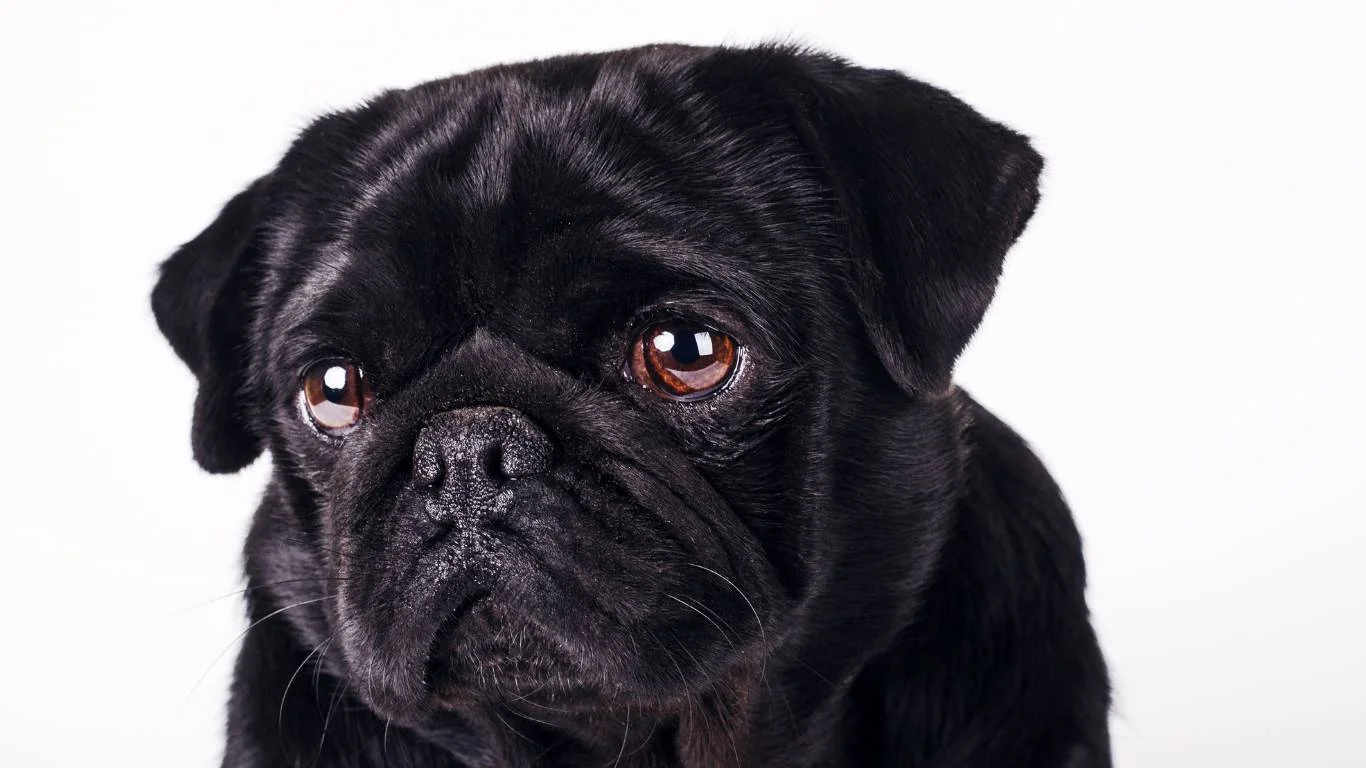
7. Psychological Triggers for Patchy Hair Loss
This one surprises a lot of people, but yes—stress and anxiety can lead to fur loss in dogs. I had a case once where a sweet little rescue dog started losing patches of fur right after her family moved to a new home. No fleas, no infections, nothing nutritional. Just pure, overwhelming stress. Dogs can develop habits like overgrooming, licking, or even chewing specific areas of their bodies, which eventually leads to bald spots.
Some common triggers include:
- Changes in the home (like moving or new pets)
- Separation anxiety when left alone
- Loud noises or unfamiliar environments
- Lack of mental stimulation or exercise
Behavioral fur loss usually shows up on the legs, paws, or tail. And honestly? It’s heartbreaking to see because the cause is invisible. Addressing it means reducing stressors, possibly using calming supplements (with your vet’s go-ahead), and giving your pup lots of comfort and stability. For some dogs, I’ve also seen great results with puzzle feeders and daily enrichment routines.
Fungal Infections and Bald Spots

8. Ringworm – Not a Worm at All
Ah, the dreaded R-word—ringworm. Despite the name, it’s not a worm; it’s actually a fungal infection. And it’s contagious—to other pets and humans. I remember a Border Collie we treated who had perfectly round bald spots on her side, with scaly, slightly raised edges. Classic ringworm. We had to treat not only her but also sanitize her whole environment.
Key signs of a possible fungal issue:
- Circular patches of hair loss
- Flaky or crusty skin in the center of the bald spots
- Mild itchiness (though not always present)
- Spots that gradually grow in size
Ringworm needs to be diagnosed with a fungal culture or Wood’s lamp exam, and treatment usually includes antifungal shampoos and sometimes oral meds. If you suspect this, don’t delay—it spreads fast, especially in multi-pet homes.
9. Yeast Overgrowth
Another fungal villain? Yeast. It’s usually present in small amounts on healthy dog skin, but when it gets out of control—often due to allergies or a compromised immune system—it can lead to sticky, smelly, inflamed patches. Think of that cheesy smell and reddish-brown gunk between the toes or under the armpits. It’s unmistakable once you’ve experienced it!
Things that can fuel yeast overgrowth:
- High-carb diets (yeast loves sugar!)
- Warm, humid environments
- Chronic allergies or poor gut health
I’ve helped plenty of dogs overcome yeast issues with a combo of antifungal baths, better nutrition, and gut-supporting supplements like probiotics. You’ve gotta attack it from all angles—not just treat the skin but also support the inside.
Breed-Specific Hair Loss Patterns
10. Some Breeds Just Lose Hair Differently
Here’s an interesting twist—not all patchy hair loss is a problem. Some breeds are just prone to weird shedding or genetic alopecia. Chinese Cresteds, Greyhounds, and even Dachshunds can naturally lose hair in certain areas like their bellies or thighs. I had a Whippet patient who came in every year with the same spot on her hip going bald like clockwork—and it always grew back in spring!
If your dog’s fur loss isn’t paired with irritation, itching, or discomfort—and your vet rules out all the serious stuff—it might just be a breed quirk. Sometimes, we have to accept our pups’ uniqueness just like we would a quirky haircut on a friend!
Home Care Tips for Dogs Losing Hair in Patches
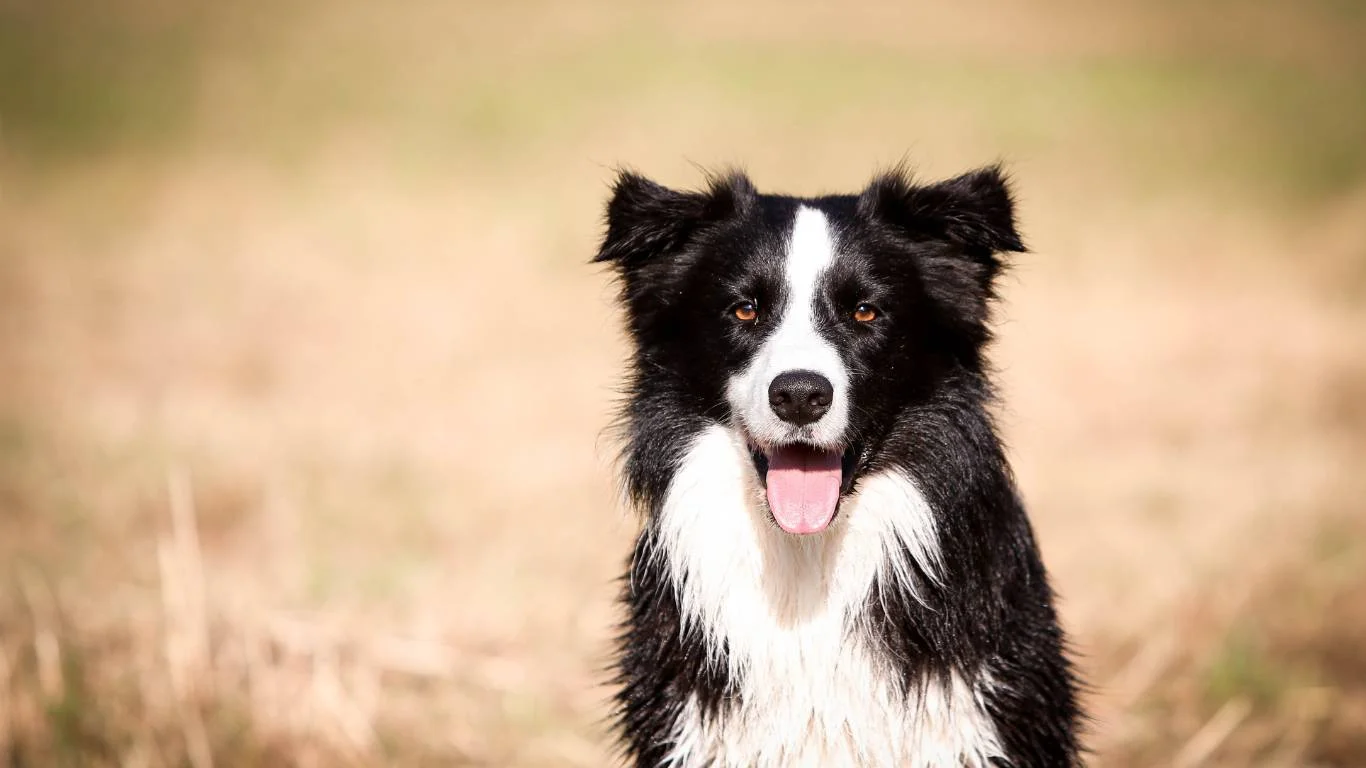
11. Grooming Smarter, Not Harder
When you’re dealing with patchy hair loss, grooming becomes more than just a spa day—it’s an essential part of your dog’s care. I always remind pet parents that over-bathing or using harsh shampoos can make things worse. I’ve seen dogs come in with irritated, stripped skin simply because their owners were trying to help but used the wrong products. Stick to gentle, vet-recommended or oatmeal-based shampoos, and only bathe when necessary.
Regular brushing is huge too. It helps stimulate the skin and spread those natural oils, which can promote healthier regrowth. I recommend using a slicker brush for double-coated breeds or a rubber curry brush for short-haired pups. And trust me, your dog will enjoy it more if you make it part of a relaxing routine rather than a rushed chore.
12. Supplements That Actually Work
Not all supplements are created equal, but there are a few that have truly impressed me in my years working in vet clinics. Omega-3s, especially from fish oil, are game changers when it comes to coat health. I’ve seen dogs go from dull and flaky to sleek and soft in just a few weeks of starting a high-quality omega-3 supplement.
Other helpful add-ons include:
- Probiotics: For gut health, which links directly to skin health
- Biotin: Great for fur strength and regrowth
- Zinc: Supports skin repair and immune function
Just make sure to talk to your vet before adding anything new to your dog’s diet. Some supplements can interact with medications or be unnecessary depending on your pup’s health status.
Preventing Future Hair Loss

13. Stay Ahead with Routine Vet Visits
One thing I always tell my clients: don’t skip the annual checkups! A lot of underlying issues that cause patchy fur loss—like thyroid problems or early signs of allergies—can be caught early during a wellness exam. Plus, your vet can help tailor your dog’s care plan if they start showing subtle signs of skin trouble.
Here’s a simple checklist to help you stay proactive:
- Keep your dog on a regular flea and tick prevention plan
- Stick to a balanced, high-quality diet
- Watch for changes in coat texture, color, or density
- Log any behavioral changes like excessive licking or scratching
And honestly, you know your dog best. If something feels off—even if it’s “just a little bald spot”—trust that instinct and get it checked out.
14. Environment Matters More Than You Think
I’ve seen dogs living in super dry, dusty environments struggle with constant itchiness and flaking, which often leads to fur loss. Adding a humidifier during winter months can make a surprising difference. So can switching up cleaning products to something non-toxic and pet-safe. Our homes are full of scents and chemicals that may irritate sensitive skin.
Here are a few simple environment-friendly swaps:
- Use unscented, hypoallergenic laundry detergents for pet bedding
- Vacuum frequently to reduce allergens and dander
- Keep air fresheners and essential oils far from pet zones
- Consider an air purifier if your dog has allergies
Final Thoughts on Fur Loss and Canine Care
Hair loss in patches can mean many different things, from the totally harmless to signs of something deeper going on. It’s never about jumping to conclusions—it’s about putting together the pieces of the puzzle. From what I’ve seen in the clinic and through hands-on experience, the most important tool in any pet parent’s toolbox is observation. When you’re in tune with your dog’s behavior, habits, and skin health, you’re already a step ahead.
Always follow up with your vet if you’re unsure. Trust your gut, take notes, and advocate for your dog—they can’t tell us what’s wrong, but they show us in other ways. And remember, even patchy fur can bounce back with the right support and a whole lot of love.
References
Disclaimer
This content is for informational purposes only and is not a substitute for professional veterinary advice, diagnosis, or treatment. Always consult with a qualified veterinarian regarding your pet’s health concerns or before making changes to their care routine.
